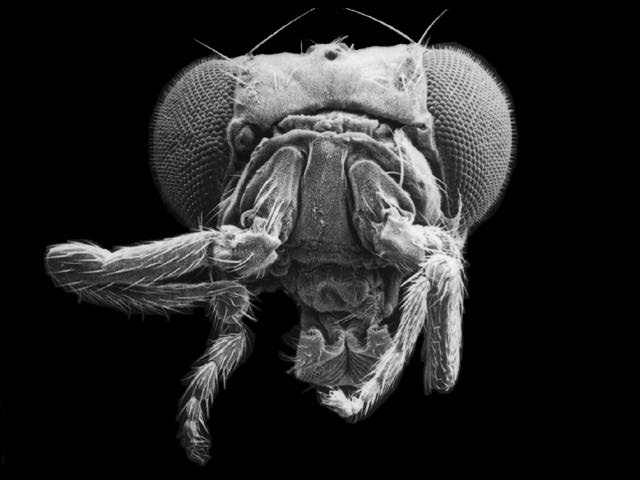One of the most interesting aspects of virology is the
obligatory dependence of the virus upon its host. This dependence means that
viruses have an intricate relationship with their host and have evolved to
utilise the components of a specific host, although many viruses are happy to
replicate in other organisms. For some it’s a necessity; arboviruses such as
West Nile virus (WNV) must replicate in both vertebrate and invertebrate (in
the case of WNV a mosquito) hosts to complete their lifecycles. Inevitably,
this means that viruses can jump the species barrier leading to new (and
potentially dangerous) scenarios where viruses behave differently in the new
host. HIV for instance is thought to originally have crossed the species
barrier into humans from chimpanzees.
Different hosts means different evolutionary pressures on a
virus; factors such as bottle-necks and rates of transmission as well as
immunological pressure will all impact upon the virus. A recent paper in PLoS
Pathogens looks at how rabies virus evolves at different rates in different
species of bat, and how the biology of bats impacts the subsequent evolution ofthe virus.
It seems that, once a virus is established in a particular species,
the evolutionary rate remains fairly constant, although some virus lineages
were able to evolve at a rate 5-22 times greater than that of others. Whilst the virus
lineages themselves can show variation, they looked at whether there was
variation in the rates of evolution in different species of bats and their ecology. Interestingly,
the slower evolving lineages tended to be those evolving in bats of temperate
zones, where the viruses were found to evolve at a rate nearly four-fold lower
than that in tropical and sub-tropical areas. It seemed that the rate of
evolution correlated not with a particular bat, but with where the bat was
living. So do colder temperatures mean a lower metabolic rate and thus a
reduced virus evolutionary rate? Apparently not. It appears it’s probably more
to do with transmission rates and the impact that this has upon virus
evolution.
This all reminds me of a paper last year showing that different
West Nile virus genomes predominated in different hosts (vertebrate vs.
invertebrate) and that this affected the fitness of the virus in the
alternative host (1). All in all, these kinds of study show just how complex viral evolution
can be; can this all be explained by an evolutionary model based upon the
concept of quasispecies?





